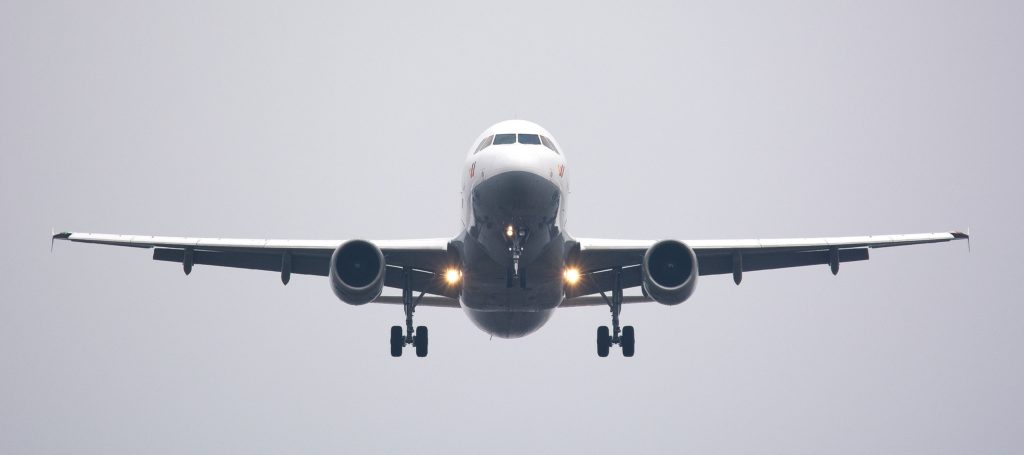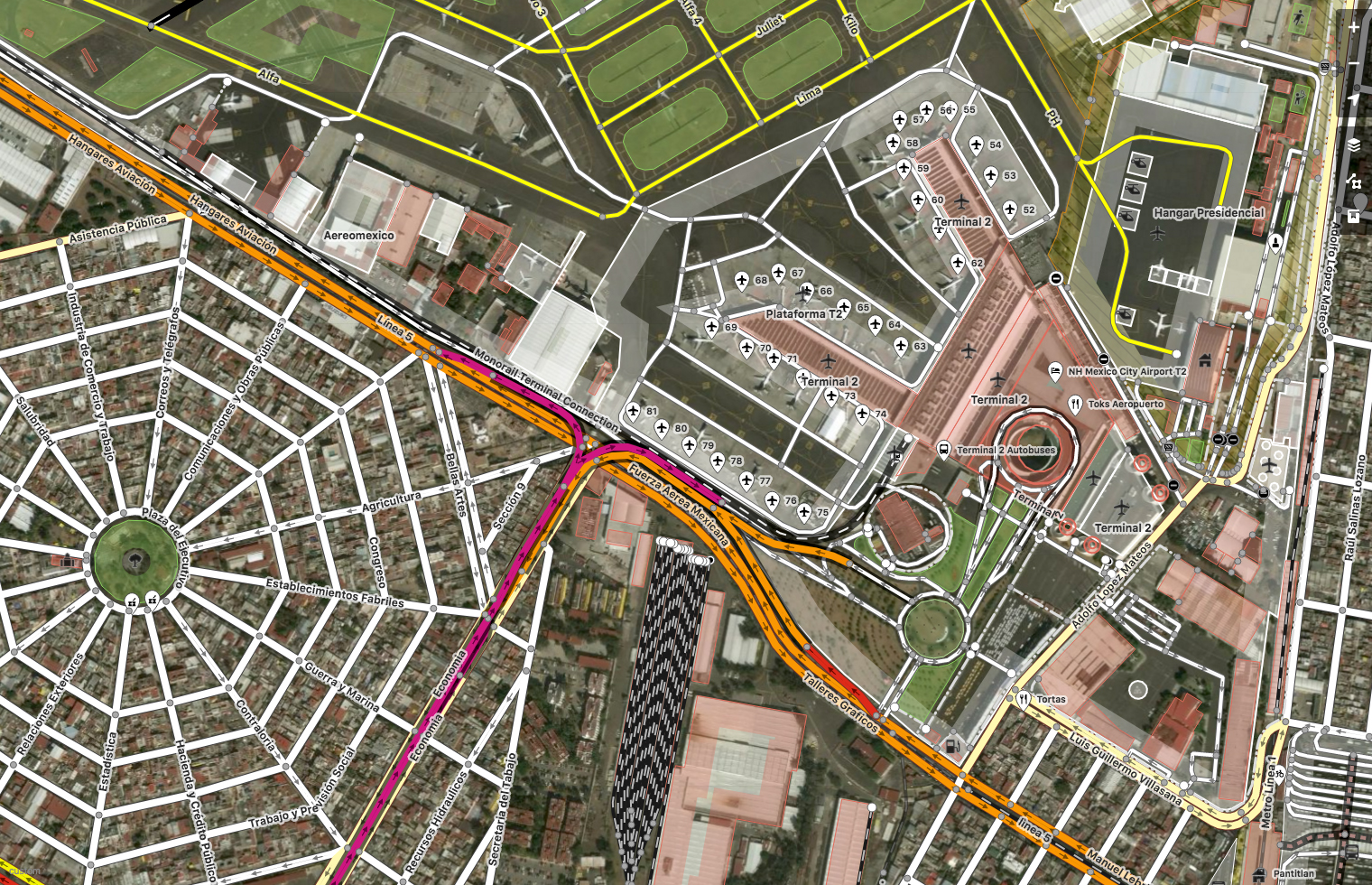
Introducing Airbus Aerial, the new commercial drone player in town
The battle for commercial drone dominance in the United States and Europe is heating up with the emergence of a new player: Airbus. The aeronautics giant has just announced the launch of its new business – a new commercial drone startup called Airbus Aerial.
Initially, the business will focus on using drones to develop aerial imagery services for industries like insurance, agriculture, oil and gas, and utilities. Airbus Aerial will also seek to serve state and local governments during emergency services and disaster management by providing actionable data and insights.
This news follows on the heels of Airbus revealing its plans to launch a self-piloted flying vehicle, Vahana. Perhaps the company is trying to play catch-up with rivals Boeing, Lockheed Martin, and Northrop Grumman who are already fighting for air supremacy.
The launch of Airbus Aerial allows the French conglomerate to solidify its position in the imagery space by leveraging the information it gathers from a multitude of sources, including drones, satellites, and high altitude aircraft. At least that’s what Airbus Defence and Space CEO, Dirk Hoke, is going for. “Using an integrated combination of assets, from UAS platforms to satellite imagery, Airbus Aerial is rolling out a wide range of new imagery services. In the future, additional pillars of the Airbus Aerial activities will be in the area of cargo drone services as well as providing connectivity via aerial assets,” he says in a press release.
UAV industry veteran Jesse Kallman has been roped in as the head the US operations. Airbus wants to leverage his experience as a federal policy expert at the Federal Aviation Administration (FAA). Kallman also believes that drones are only a piece of a much bigger picture.
“Airbus Aerial brings together a variety of aerospace technologies – including drones and satellites – combines them in a common software infrastructure, and applies industry-specific analytics to deliver tailored solutions to our customers’ biggest challenges,” he insists.
Oh, and if you are a drone expert looking to build your career, Airbus Aerial is looking for people in software development, data analytics, and drone operations. Hop over to their website to know more.






